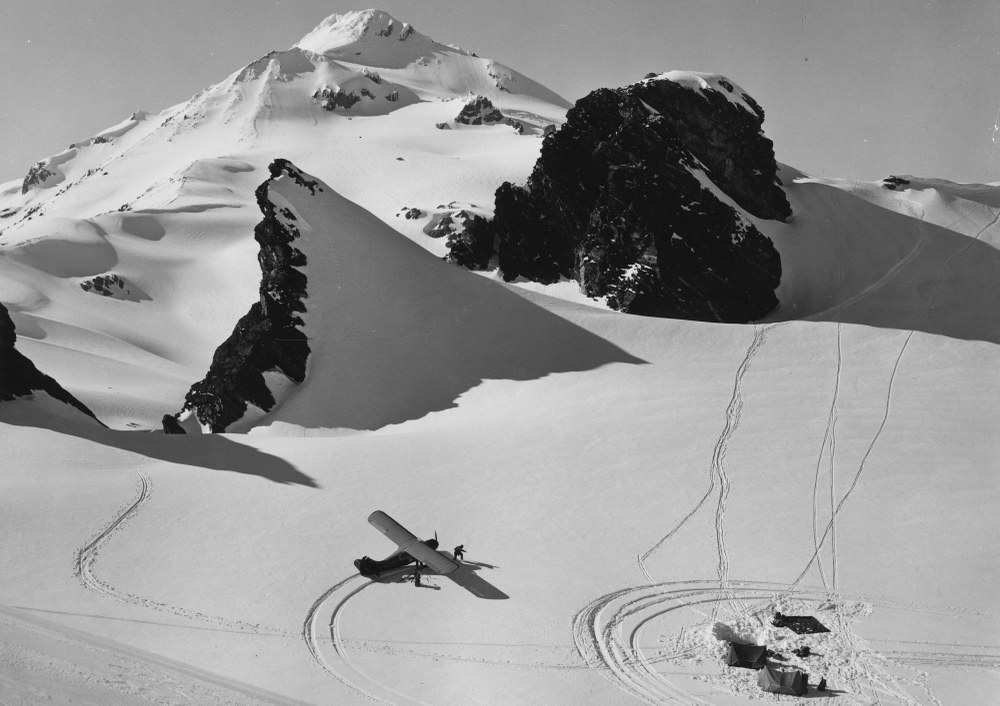
Update July 2025: This Climbing Code has been updated to reflect the revised guidelines presented in the 10th edition of Mountaineering: The Freedom of the Hills.
Many years ago, The Mountaineers devised a set of guidelines to help people conduct themselves safely in the mountains. Based on careful observation of the habits of skilled climbers and a thoughtful analysis of accidents, those guidelines have served well not only for climbers but for all wilderness travelers.
CLIMBING CODE
- Leave the trip itinerary with a responsible person.
- Carry the necessary clothing, food, and equipment—the Ten Essentials.
- Wear a helmet to minimize your risk of traumatic brain injury from rockfall or other hazards.
- Rope up in exposed areas and for glacier travel. Anchor
all belays. Always double-check a rappel setup before you trust it with your life.
- Keep the party together, and obey the leader or the majority.
- Challenge yourself, but never climb beyond your ability and knowledge without a trusted mentor and/or guide.
- Never let desire overrule your judgment when choosing the route or deciding whether to turn back.
- Follow sound mountaineering principles as set forth in books of recognized merit.
- Behave at all times in a manner that reflects favorably upon mountaineering—for example, by exercising caution while climbing, paying attention to other parties, and adhering to the Leave No Trace (LNT) seven principles.
- Carry effective communication devices that meet the needs of the trip.
- Be prepared to care for an injured climber.
- Consider purchasing global rescue insurance. Not all jurisdictions provide free evacuation and/or rescue services.
This Climbing Code is not meant to be a step-by-step formula for reaching summits or avoiding danger but, rather, a set of guidelines for encouraging safe mountaineering. It is recommended especially for beginners, who have not yet developed the necessary judgment that comes from years of experience. Experienced mountaineers often modify these guidelines in practice, making judgments based on an understanding of the risk as well as the skill to help control that risk.
Climbers sometimes question the need for such standards in a sport notable for the absence of formal rules. However, many serious accidents could have been avoided or minimized if these simple principles had been followed. This Climbing Code is built on the premise that mountaineers want a high probability for safety and success, even in risk-filled or doubtful situations, and that they want an adequate margin of safety.
Add a comment
Log in to add comments.Well said
 The Mountaineers
The Mountaineers